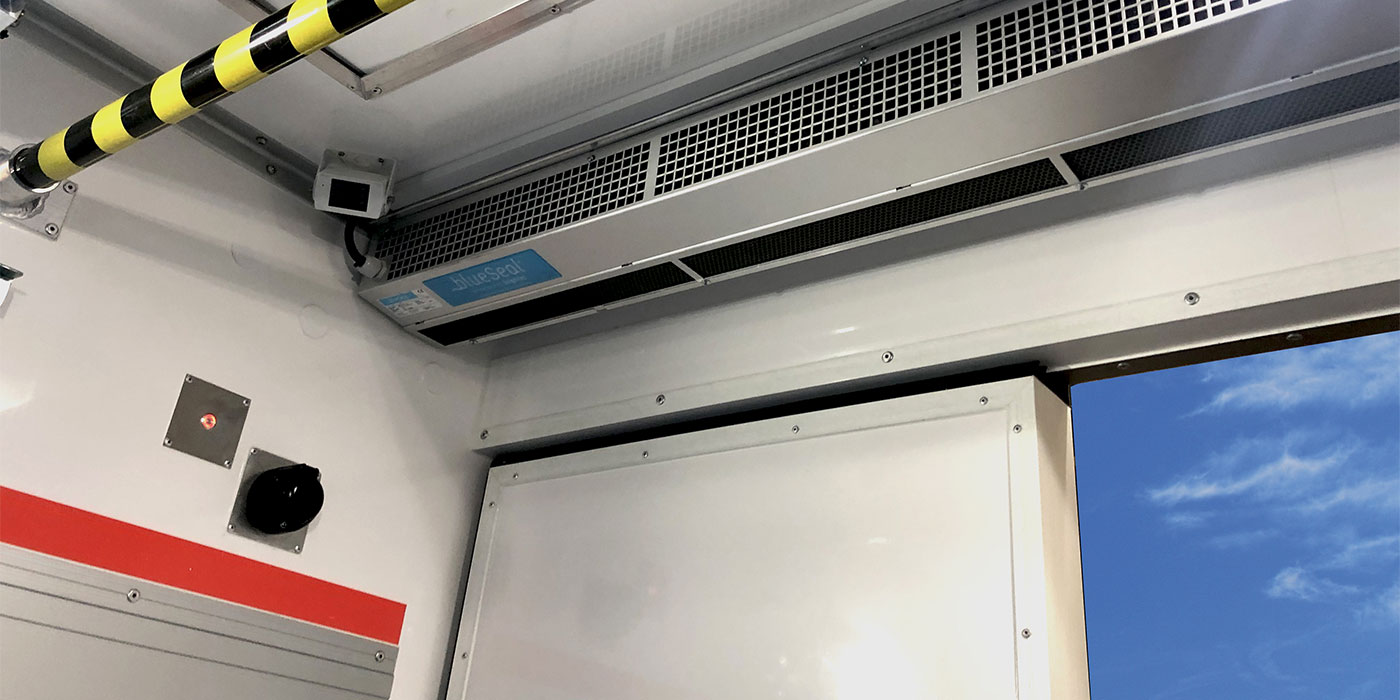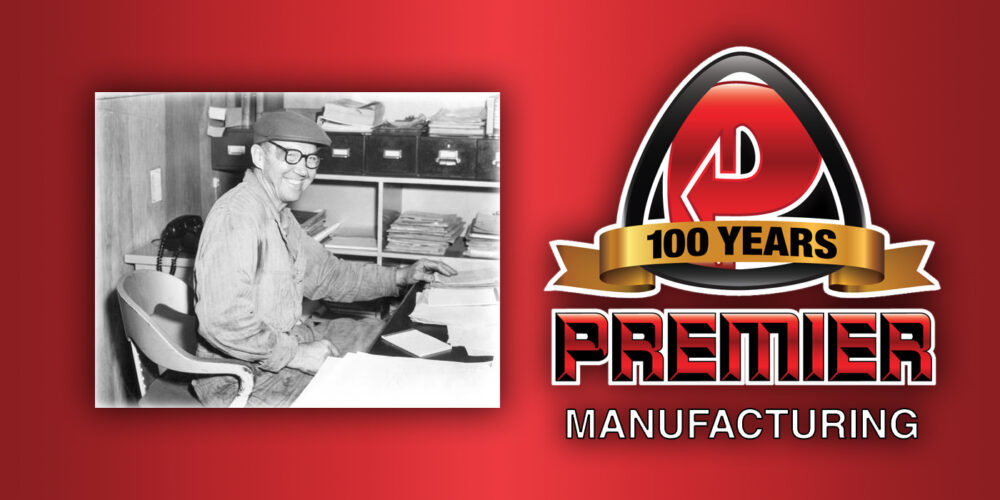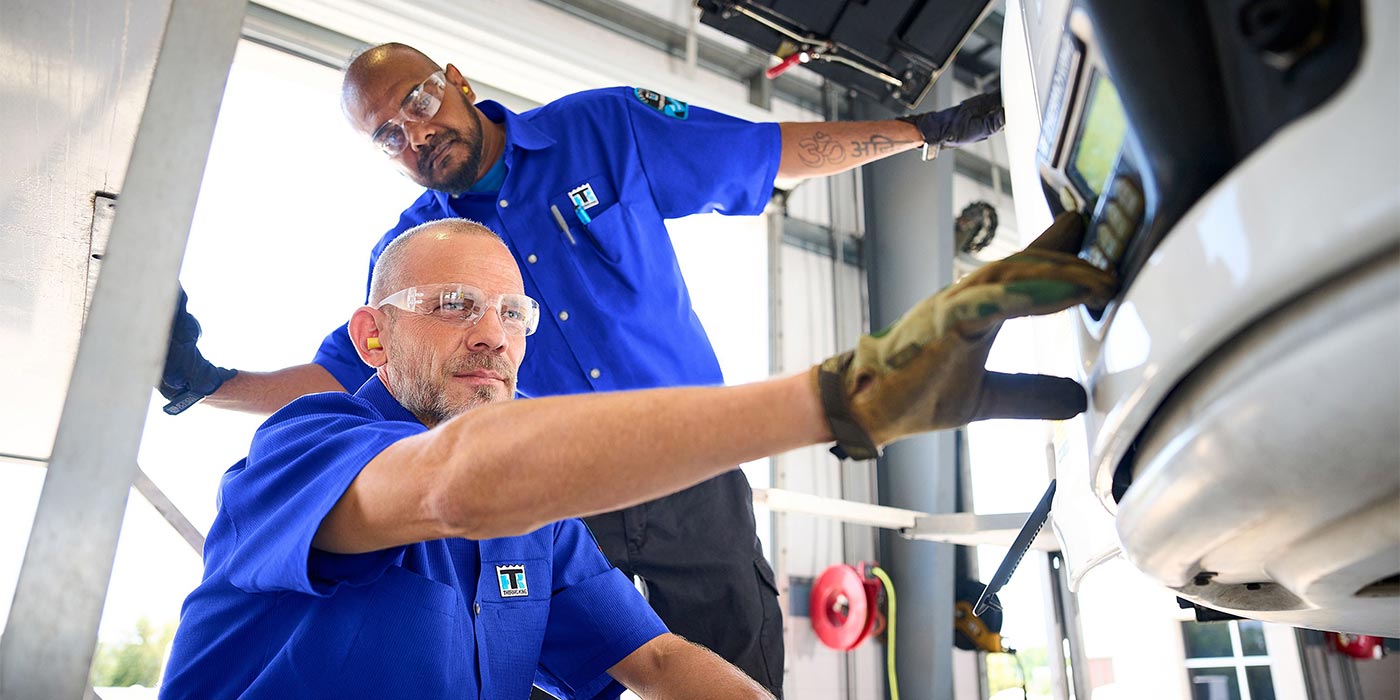I just returned from the TMC Annual Meeting with enough information to write three or four columns. If you haven’t attended a TMC meeting, I’d recommend it. The information taken back to your fleet will be well worth the expenditure.
I had originally intended to write about another subject, but an off-hand remark made by one of my colleagues, Ken Claar, of the Lubrizol Corp., sparked this column. Ken drives approximately 75 miles (one way) to work every day. When fuel costs began increasing, he bought a diesel-powered vehicle because of its inherently better fuel economy. He reasoned that the diesel-powered vehicle would soon pay for itself.
Two separate items are forcing Ken to re-evaluate that decision. First, his diesel-powered vehicle doesn’t get the fuel economy he expected. Second, the high price of diesel fuel in the Midwest is reducing his savings significantly.
Many late-model diesel engines don’t get the fuel economy of earlier engine designs. Not much can be done about that given current emissions regulations. Schneider National, Inc. recently estimated that it experienced a 5 percent fuel economy penalty between 2002 and 2007 engine designs. Much of this difference is due to the use of exhaust gas recirculation (EGR) to reduce NOx emissions. NOx emissions are generally reduced by EGR and/or retarded injection timing, both of which serve to reduce fuel economy. This regulatory approach is driven by Califor-nia’s concerns over photochemical smog.
Recently, considerable attention has been focused on global warming. Years ago several independent scientists voiced concerns over global warming. Most nations responded by placing limits on the amount of greenhouse gases (CO2) emitted to the atmosphere. The United States did not.
Engines operating to minimize CO2 emissions are more efficient (better fuel economy) than engines optimized to reduce NOx emissions. Europe learned this years ago. European OE’s have been developing selective catalytic regeneration (SCR) for years to maximize fuel economy. Perhaps our newly elected legislators will influence the United States to follow suit. Improved fuel economy helps us reduce our dependence on foreign crude oil.
Let’s take a closer look at the high cost of diesel fuel in the Midwest. In the Midwestern United States, diesel fuel sells at a 20 to 40 cents-per-gallon premium over gasoline. Agricultural equipment, home heating oil and diesel trucks all utilize the same middle distillate from the refinery, so they determine diesel fuel demand.
Refiners tell us that increased agricultural and diesel truck usage has placed a strain on the Midwestern system. But, until recently, we had a very mild winter, so home heating oil demand must have been down. And why should the Midwest be any different than the rest of the country?
I think we are seeing higher diesel prices for two reasons. Nationwide, someone has to pay for the conversion to ultra low sulfur diesel (ULSD) fuel. Guess who? In the Midwest, fuel marketers have traditionally refined sufficient diesel fuel to supply their users without resorting to regular pipeline movements of product. The increased demand for diesel has forced fuel marketers to schedule occasional pipeline movements of diesel fuel to keep up with the demand. Of course, they wait to schedule a delivery until they can be assured they will make a sufficient return (profit) on their investment. In the meantime, this creates an artificial shortage and prices go up.
I wouldn’t expect immediate relief. It will take years for this situation to stabilize. Only then will we know the actual cost differential between low sulfur diesel and ULSD fuel. Mean-while, why purchase a diesel-powered vehicle for a premium of $2,000 if you are only going to save $200 per year in fuel costs? A 10-year payback isn’t attractive to end users.













